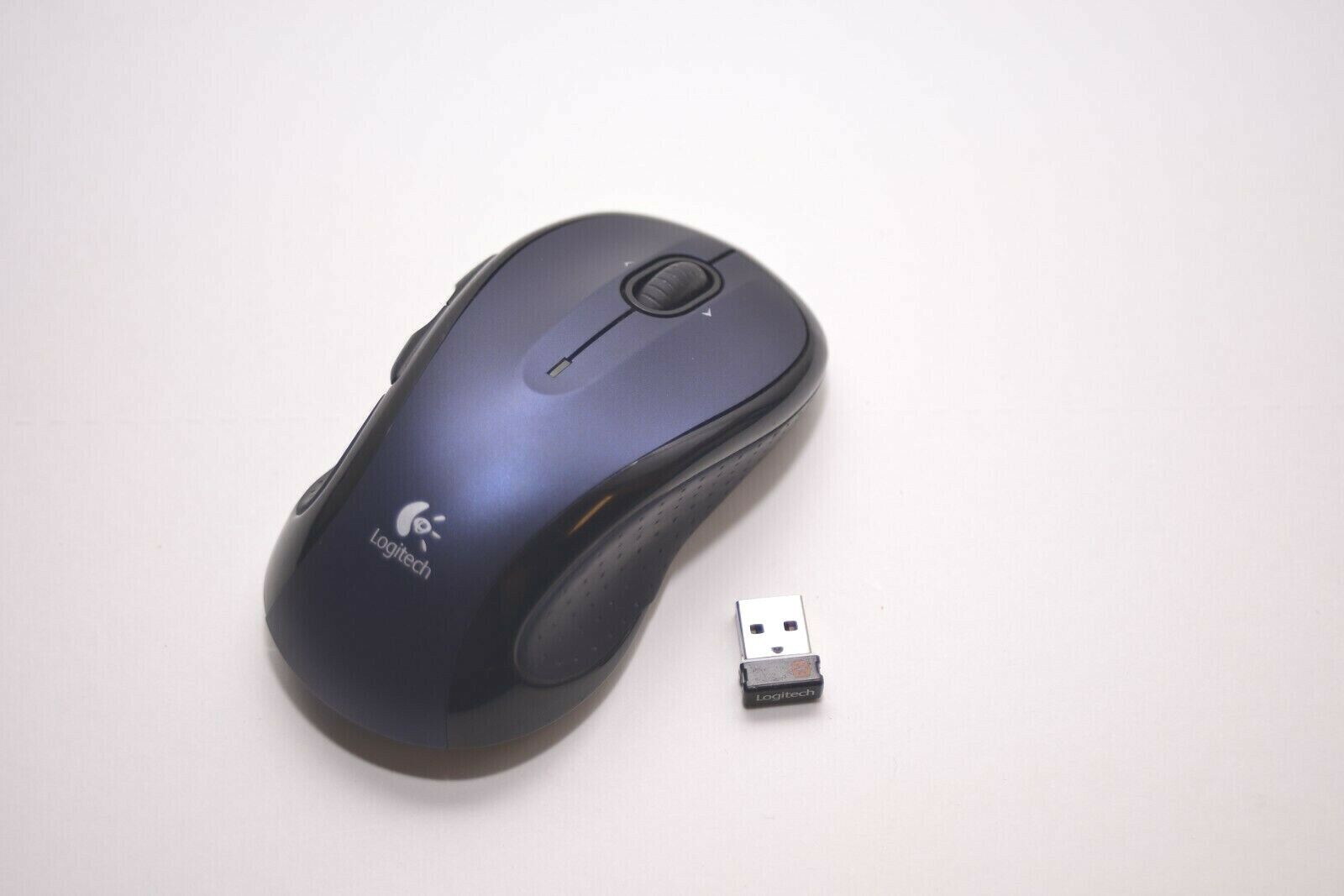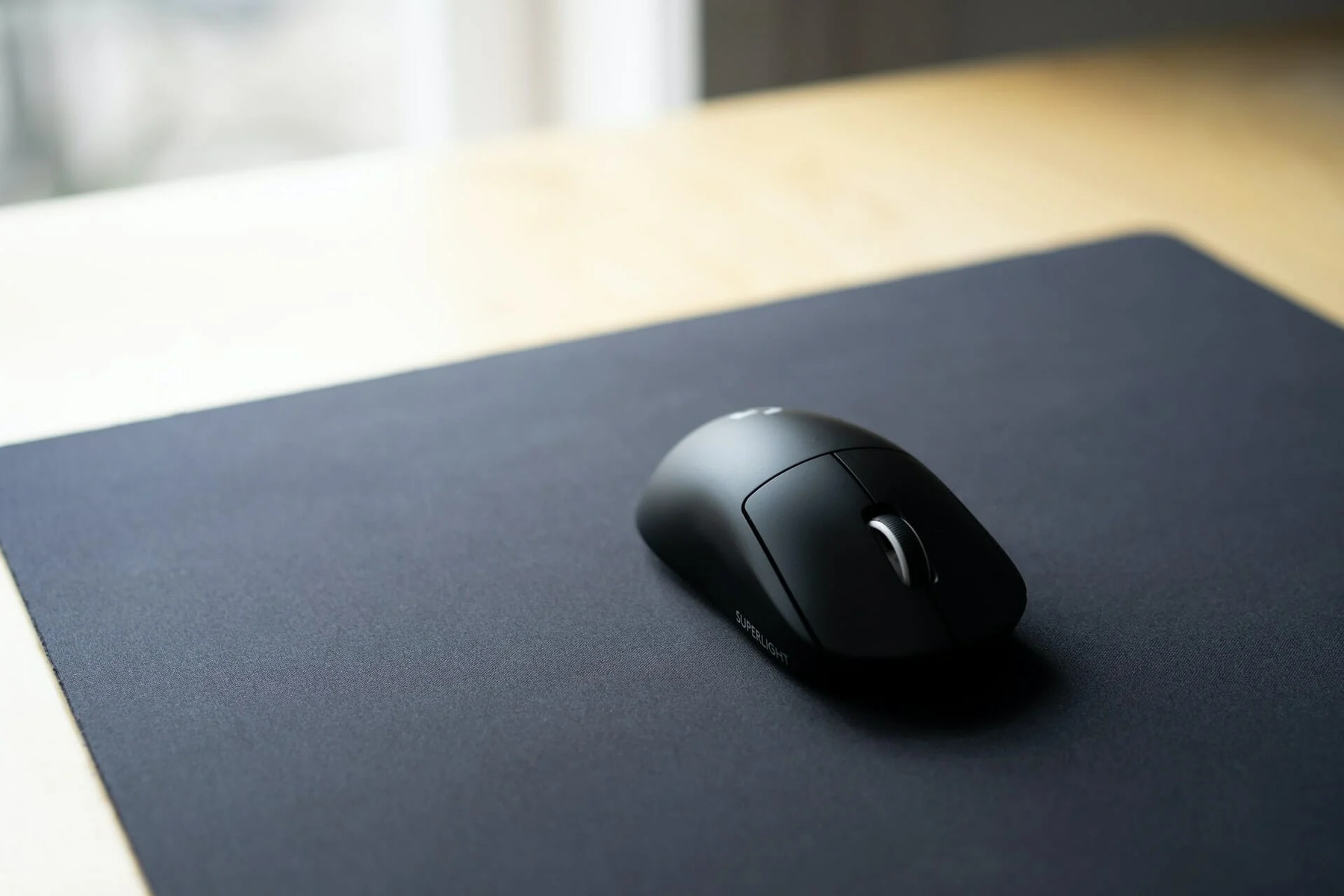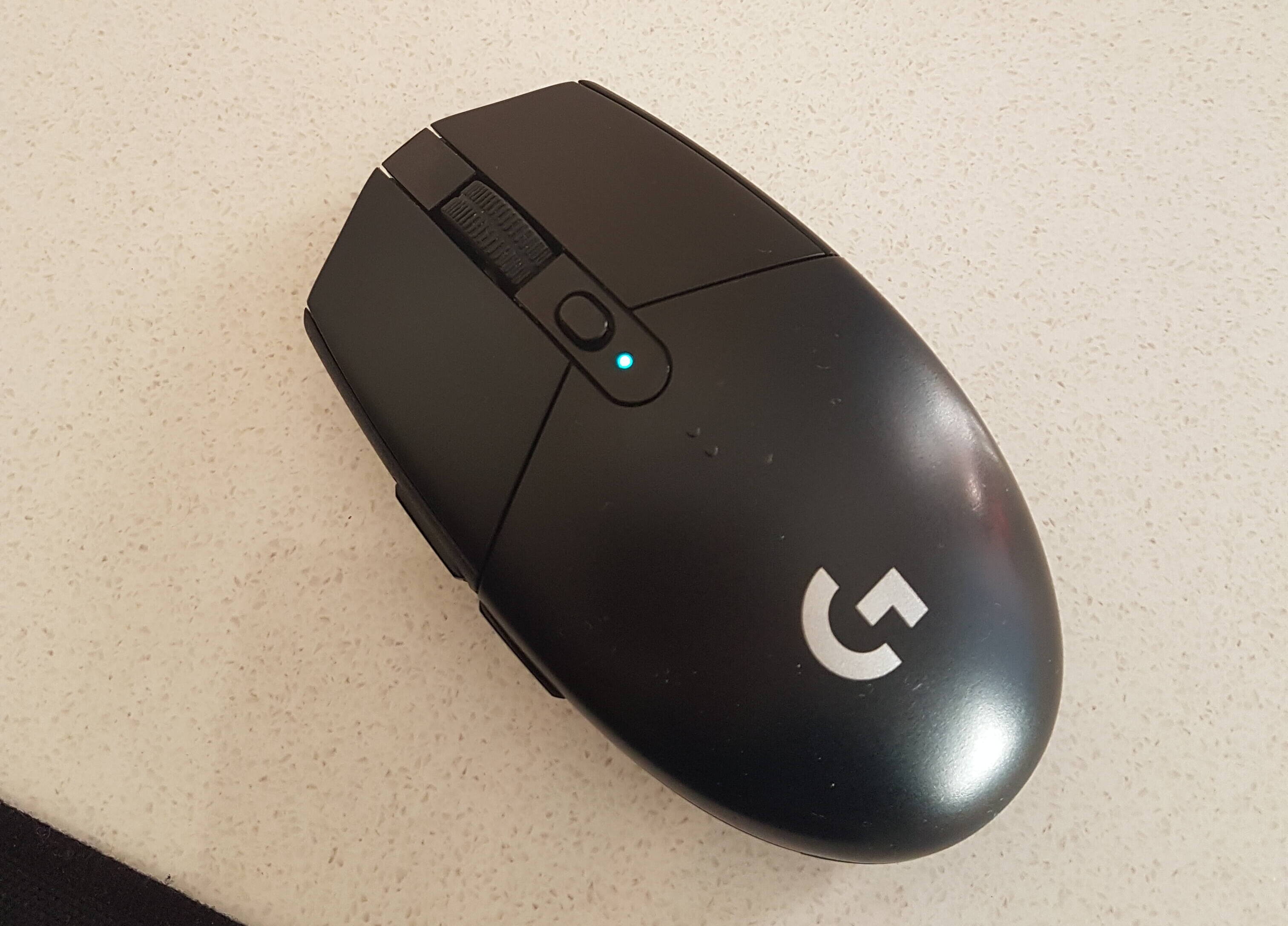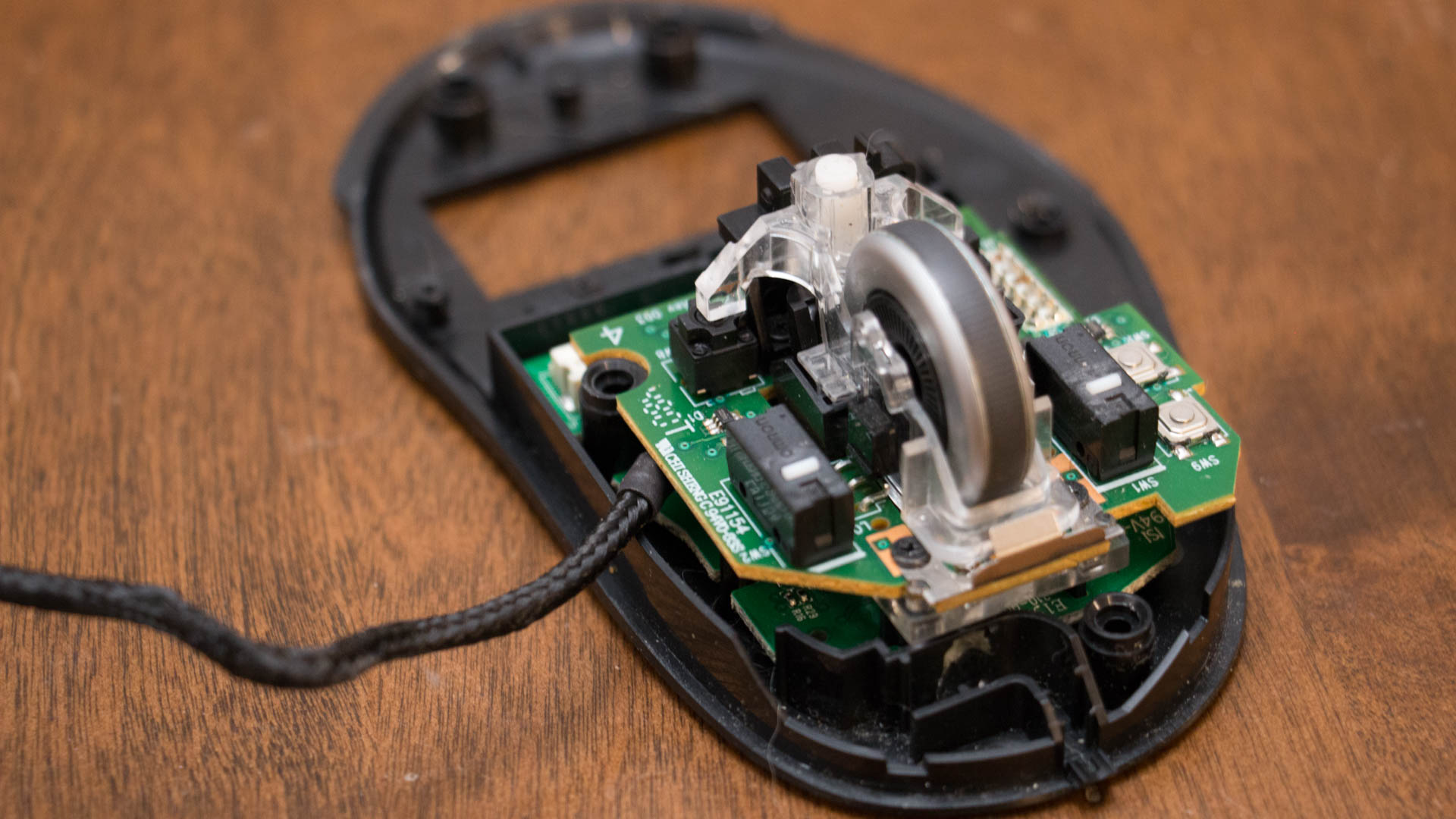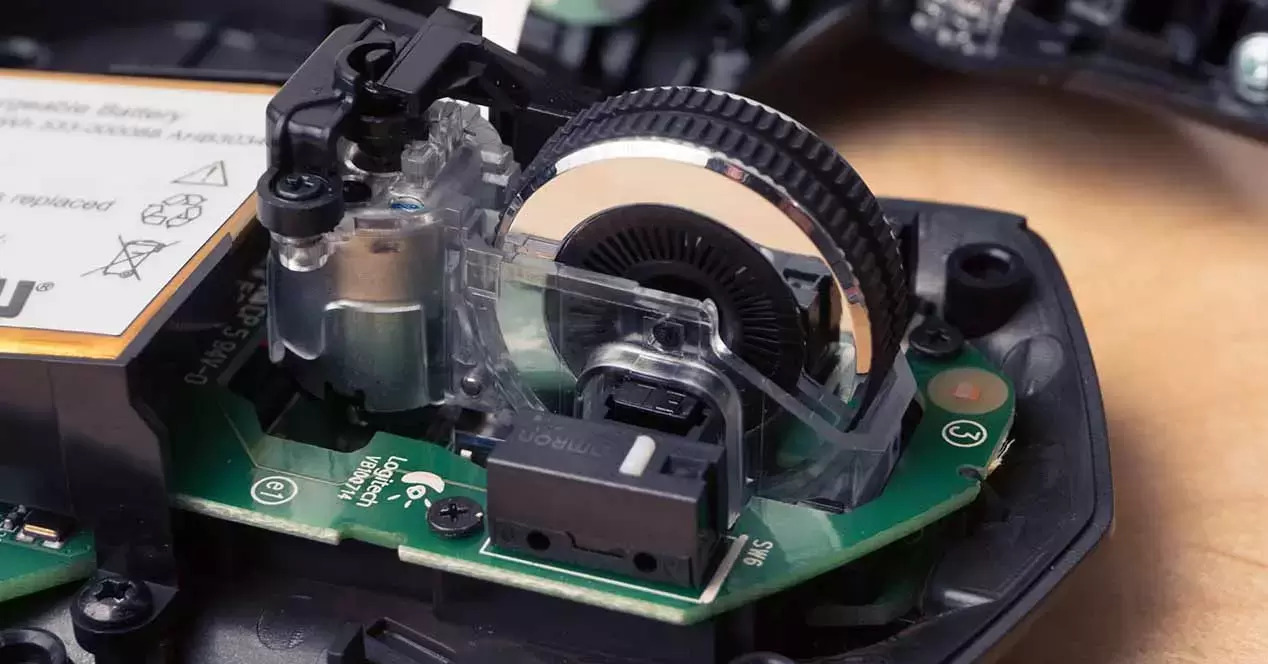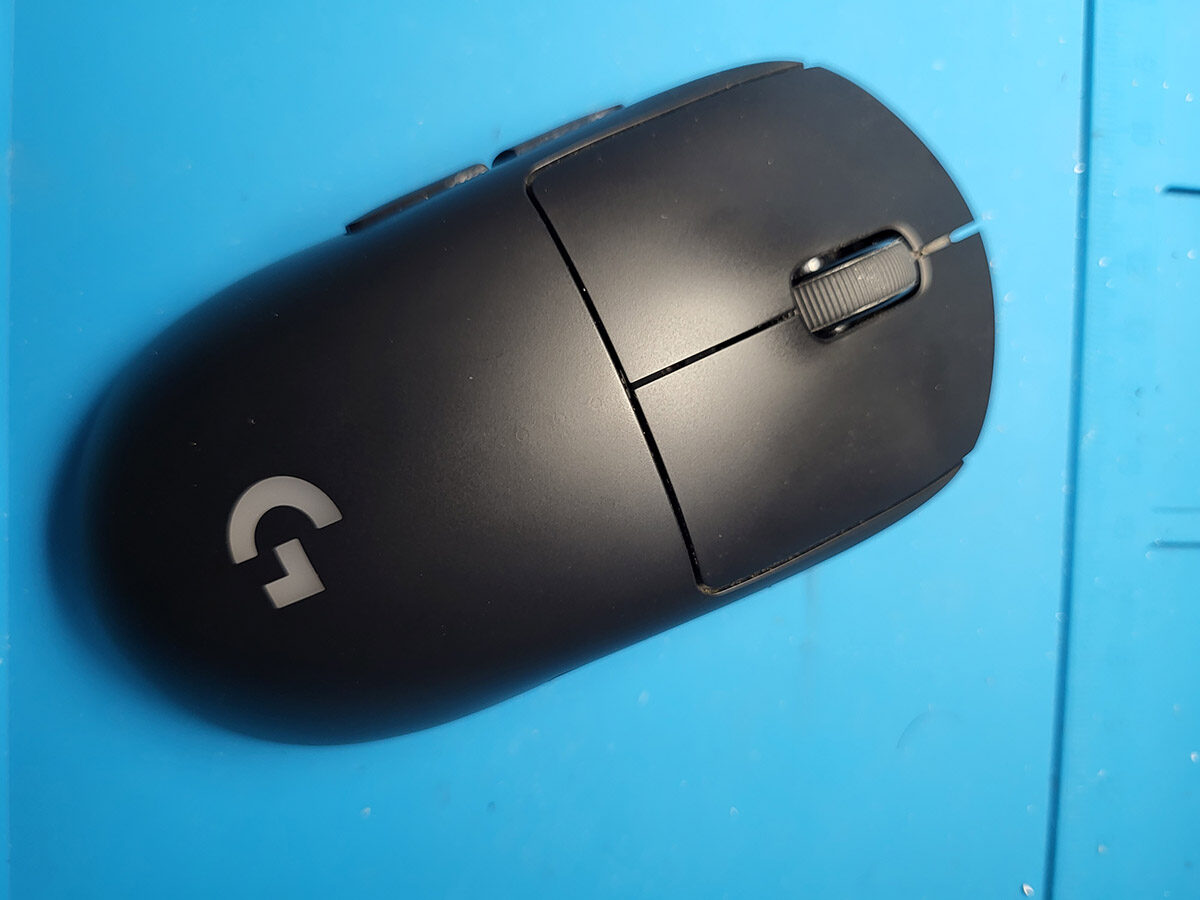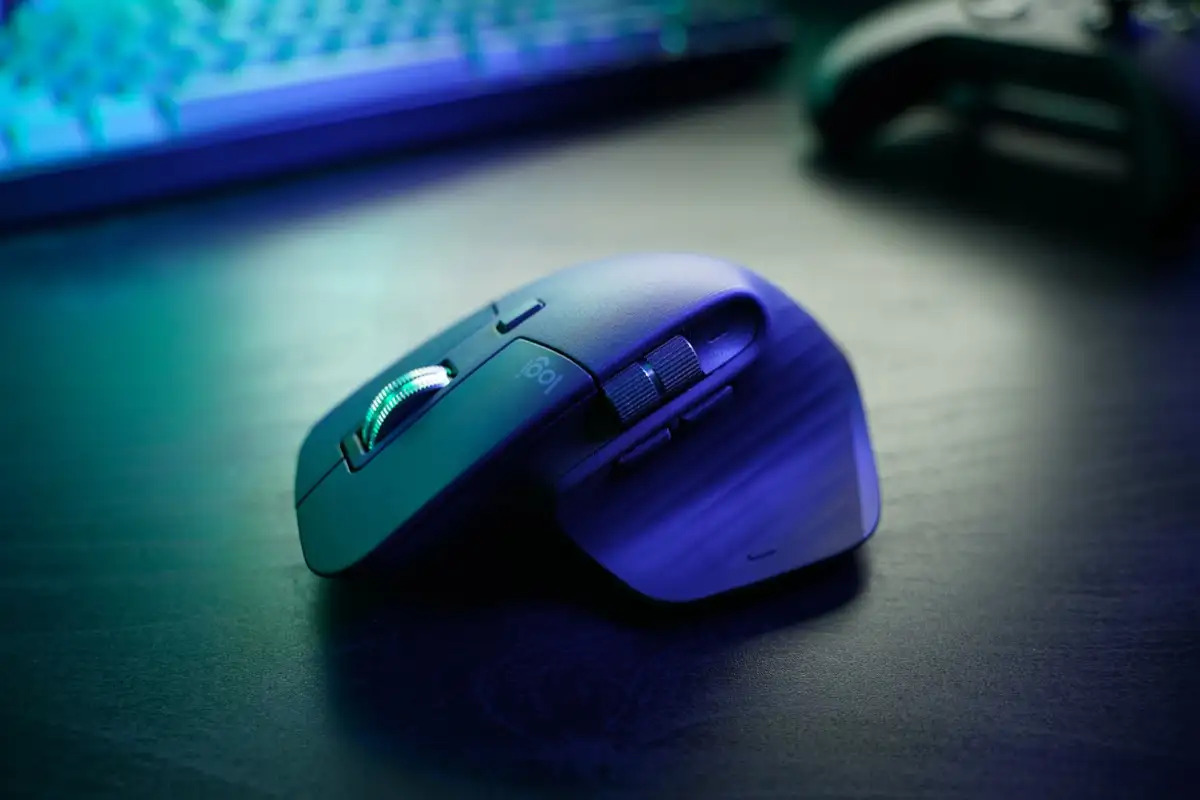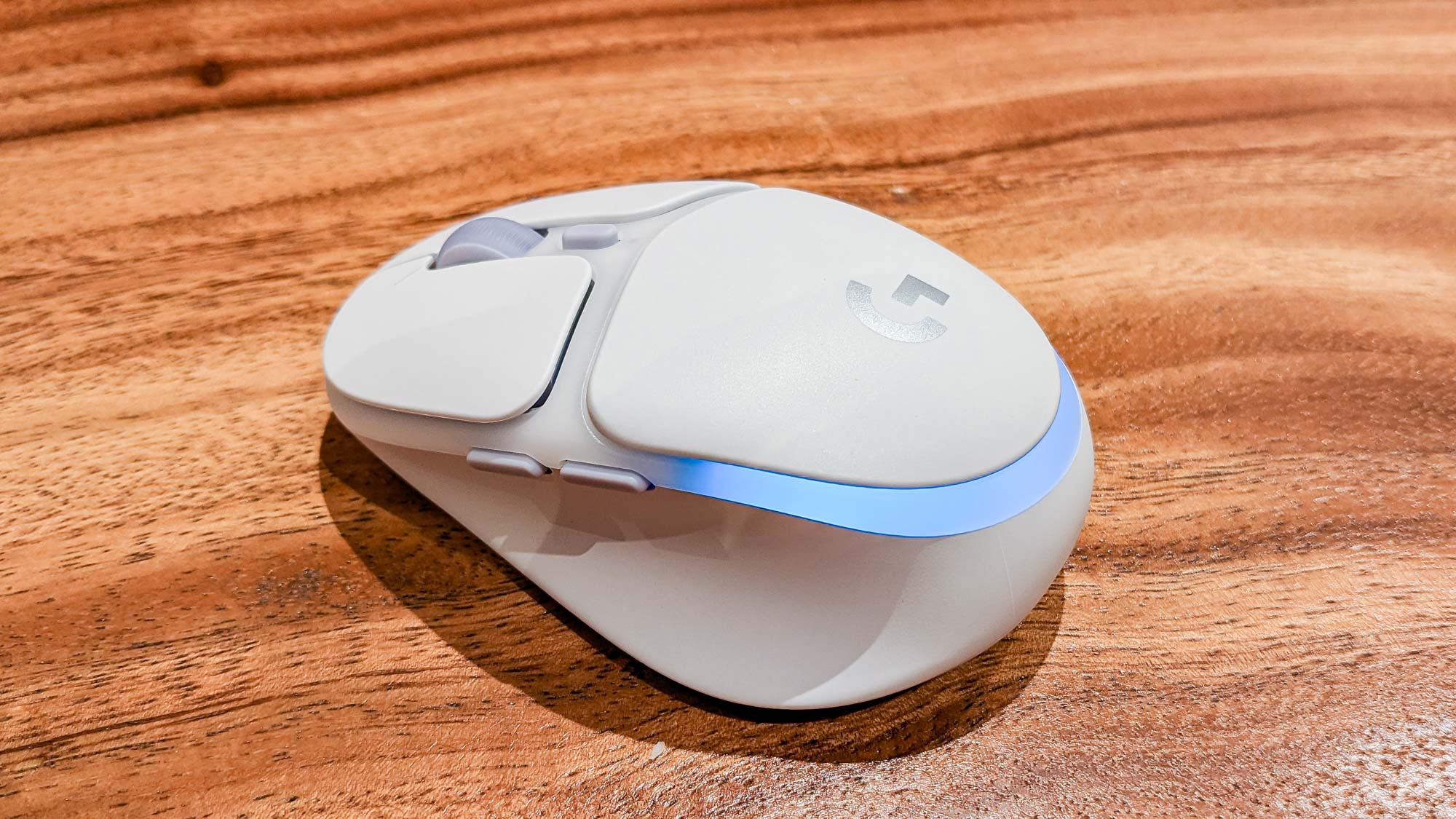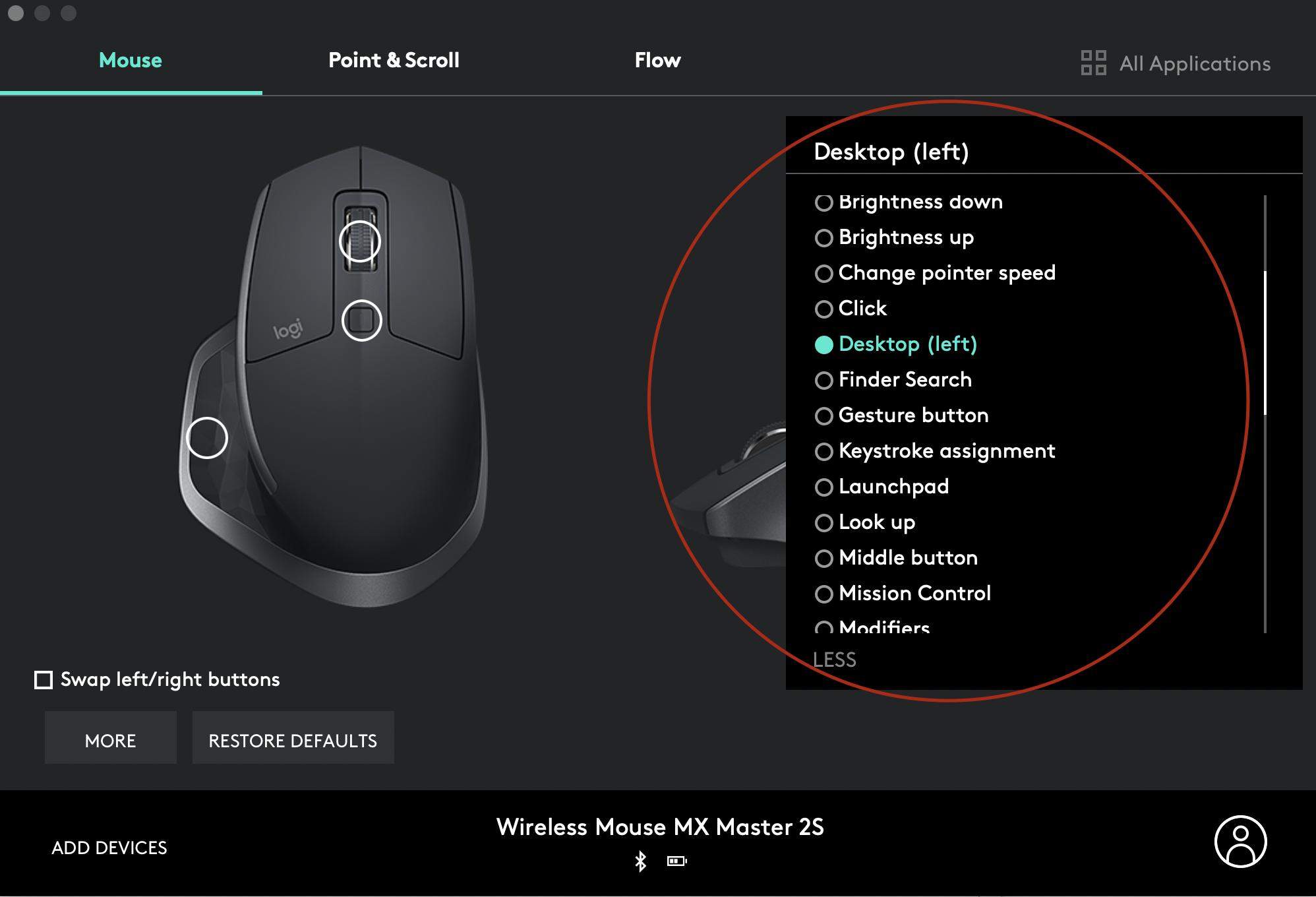Introduction
Having a Logitech mouse that doesn’t behave as it should can be frustrating. Whether it’s lagging, freezing, or the cursor isn’t moving smoothly, these issues can greatly impact your productivity. Fortunately, most problems with Logitech mice can be resolved by performing a reset.
In this article, we will guide you through the process of resetting your Logitech mouse. We will cover both soft and hard reset methods, as well as provide troubleshooting tips for additional issues you may encounter.
A soft reset is a quick and simple solution that can fix minor glitches. It’s worth trying before attempting a hard reset, which will restore the mouse to its default settings. However, be aware that a hard reset will remove any customizations you may have made.
If you’re experiencing issues with your Logitech mouse, follow the steps outlined in this article to perform a reset. This should help get your mouse back on track and working optimally.
Before proceeding with the reset, it’s important to check for common issues that may be causing the problem. Sometimes, the issue can be a simple fix that doesn’t require a reset. Let’s begin by troubleshooting these common issues before moving on to the reset process.
Checking for Common Issues
Before performing a reset on your Logitech mouse, it’s essential to check for common issues that may be causing the problem. These issues can range from simple connectivity problems to outdated drivers. Here are a few troubleshooting steps to help you identify and resolve common issues:
- Check the battery: Ensure that your Logitech mouse has sufficient battery power. If the mouse is wireless, replace the batteries with fresh ones and see if it resolves the issue. Sometimes, low battery power can cause erratic behavior or a non-responsive mouse.
- Connectivity: If you’re using a wireless Logitech mouse, check the USB receiver or Bluetooth connection. Make sure that the receiver is securely connected to the computer’s USB port, or if using Bluetooth, ensure that the mouse is paired correctly. Test the mouse on a different computer or USB port to rule out any connectivity issues.
- Drivers and software: Outdated or incompatible drivers can cause problems with your Logitech mouse. Visit the Logitech website to download and install the latest drivers for your mouse model. Additionally, check for any software updates or firmware upgrades that may address known issues.
- Mouse surface: Sometimes, the surface you’re using your Logitech mouse on can cause tracking issues. Ensure that you’re using a mouse pad or a smooth, even surface that is suitable for optical or laser mice. A dusty or reflective surface can interfere with the mouse’s tracking ability.
- Interference: If you’re using a wireless Logitech mouse, nearby electronic devices or other wireless devices may interfere with its signal. Move your mouse away from such devices, or try using it in a different location to see if the issue persists.
By checking for these common issues, you may be able to identify the underlying cause of your Logitech mouse problem and find a resolution without the need for a reset. However, if the issues persist, it’s time to move on to performing a soft reset on your Logitech mouse. Let’s proceed to the next section for step-by-step instructions on how to do that.
Performing a Soft Reset
If you’re experiencing minor issues with your Logitech mouse, performing a soft reset may help resolve the problem. A soft reset is a simple process that refreshes the connection between the mouse and the computer. Here’s how to perform a soft reset on a Logitech mouse:
- Remove the batteries or disconnect the cable: If your Logitech mouse is wireless, remove the batteries from the mouse or disconnect the charging cable if it’s a rechargeable mouse. For wired mice, simply unplug the mouse from the USB port.
- Wait for a few seconds: Leave the mouse disconnected for at least 10 seconds to ensure that the internal memory of the mouse resets.
- Reinsert the batteries or reconnect the cable: For wireless mice, insert fresh batteries into the mouse or reconnect the charging cable. For wired mice, plug the mouse back into the USB port.
- Wait for the mouse to reconnect: Give the mouse a few seconds to reconnect with the computer. You may notice the cursor moving or the mouse buttons lighting up as the connection is established.
- Test the mouse: Once the mouse has reconnected, test its functionality to see if the issues have been resolved. Move the cursor around, click the buttons, and check if everything is working properly.
If the soft reset has resolved the issues with your Logitech mouse, you can continue using it as normal. However, if the problems persist or if you’re experiencing more significant issues, it may be necessary to perform a hard reset. The next section will guide you through the process of performing a hard reset on your Logitech mouse.
Performing a Hard Reset
If a soft reset didn’t resolve the issues with your Logitech mouse, you may need to perform a hard reset. A hard reset restores the mouse to its default settings and can help fix more stubborn problems. Here’s how to perform a hard reset on your Logitech mouse:
- Turn off the mouse: If your Logitech mouse has an on/off switch, make sure the mouse is turned off before proceeding.
- Locate the reset button: Look for a small button on the bottom or side of your mouse. This button is typically recessed and may require a paperclip or a pen tip to press.
- Press and hold the reset button: Use a paperclip or pen tip to press and hold the reset button for about 10 seconds. Keep the button pressed until you see the mouse’s lights flash or hear a confirmation sound, indicating that the reset has been successful.
- Release the reset button: Once the reset is complete, release the reset button and wait for a few seconds to allow the mouse to power back on.
- Test the mouse: After the mouse has powered back on, test its functionality. Move the cursor, click the buttons, and check if the issues have been resolved by performing the hard reset.
A hard reset will restore your Logitech mouse to its factory default settings, which means any customizations or settings you had applied will be lost. You will need to reconfigure any personalized settings after the hard reset. If the hard reset didn’t resolve the issues with your mouse, it’s recommended to contact Logitech support for further assistance.
Troubleshooting Additional Problems
If you’ve performed a soft reset or a hard reset on your Logitech mouse but are still experiencing issues, there may be additional problems that need to be addressed. Here are some troubleshooting tips to help you troubleshoot and resolve common Logitech mouse problems:
- Update mouse drivers: Ensure that you have the latest drivers installed for your Logitech mouse. Visit the Logitech website and download the appropriate drivers for your mouse model. Installing the latest drivers can help resolve compatibility issues and improve performance.
- Check for software conflicts: Sometimes, conflicting software can interfere with your Logitech mouse. Disable or temporarily uninstall any third-party mouse-related software, such as mouse customization tools or gaming software, and see if the problem persists.
- Clean the mouse: Over time, dirt and debris can accumulate on the mouse’s sensor or buttons, affecting its performance. Use a soft, lint-free cloth and some rubbing alcohol to gently clean the sensor and buttons. Be careful not to apply excessive force or get liquid inside the mouse.
- Try the mouse on a different computer: Testing the Logitech mouse on another computer can help determine if the problem is specific to your computer or the mouse itself. If the mouse works fine on another computer, the issue may be related to your computer’s settings or software.
- Check for hardware issues: Inspect the physical connection of your Logitech mouse, including the USB cable or wireless receiver. Ensure that there are no visible damages or loose connections. If possible, try using a different USB port or replace the wireless receiver to rule out any hardware-related problems.
If you’ve gone through these troubleshooting steps and are still unable to resolve the issues with your Logitech mouse, it’s recommended to reach out to Logitech customer support for further assistance. They can provide specific troubleshooting guidance based on your mouse model and help you find a solution to the problem.
Conclusion
Resetting a Logitech mouse can often resolve common issues such as lagging, freezing, or erratic behavior. In this article, we have discussed the steps to perform both a soft reset and a hard reset on your Logitech mouse. These reset methods can help restore your mouse to its default settings and fix minor glitches.
Before attempting a reset, it’s always a good idea to check for common issues that may be causing the problem. Simple troubleshooting steps such as checking the battery, connectivity, drivers, and mouse surface can often resolve the issue without the need for a reset.
If troubleshooting doesn’t resolve the issues, a soft reset is a quick and straightforward solution to try. It refreshes the connection between the mouse and the computer. However, if the problems persist or are more severe, a hard reset may be necessary. It restores the mouse to its factory default settings and can help fix stubborn issues.
Remember that performing a hard reset removes any customizations or settings you may have applied to your Logitech mouse. You will need to reconfigure these settings after the reset.
If all else fails and the issues persist, it’s advisable to reach out to Logitech customer support for further assistance. They can provide personalized guidance and help troubleshoot the problem based on your specific mouse model.
By following the steps and suggestions outlined in this article, you can resolve common problems with your Logitech mouse and get it working optimally once again, ensuring a smooth and productive user experience.







